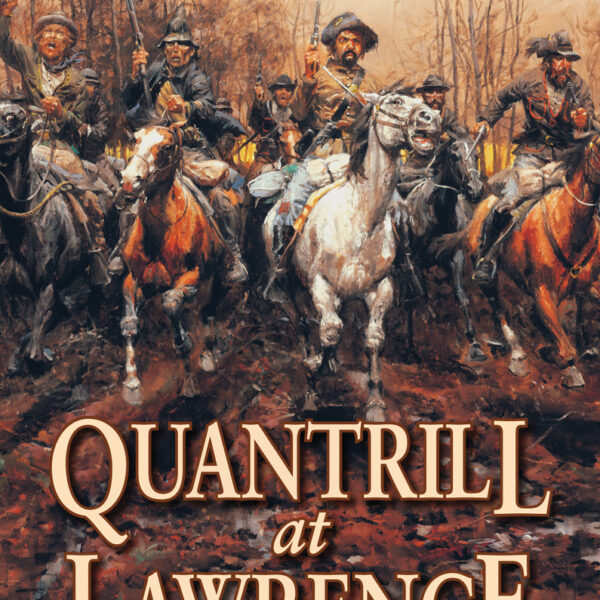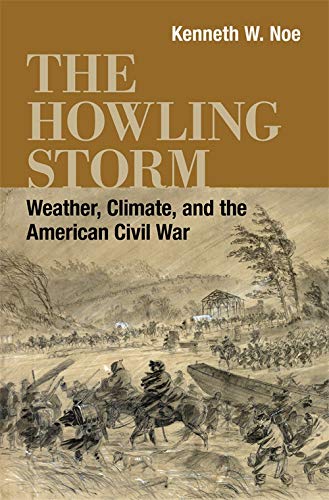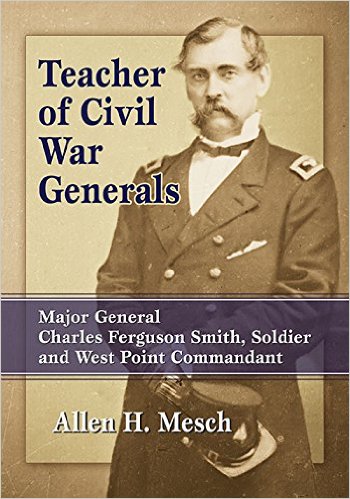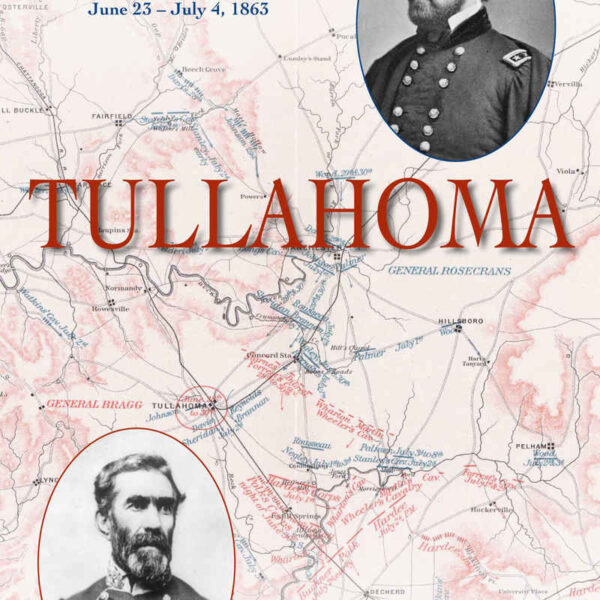The F Street Mess: How Southern Senators Rewrote the Kansas-Nebraska Act by Alice Elizabeth Malavasic. University of North Carolina Press, 2017. Paper, ISBN: 978-1469635521. $29.95.
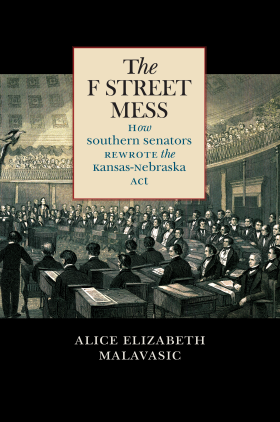 As a catalyst for party realignment, trigger for violence, and crossroads in the careers of figures from Abraham Lincoln to John Brown, the Kansas-Nebraska Act cast a broad shadow over antebellum politics. Passed in May 1854 and indelibly associated with Illinois Senator Stephen A. Douglas, the law organized the Kansas and Nebraska Territories and repealed the venerable ban on slavery within their vast expanse, leaving slavery’s status open for territorial voters to decide according to the ambiguous doctrine of “popular sovereignty.” Since Congress began debating the momentous measure, it has inspired torrents of words, from polemics and conspiracy theories to insider exposés and scholarly studies. Antislavery critics denounced the Act as the hideous spawn of Douglas’s presidential ambitions and southern intrigue, while oft-forgotten proslavery detractors charged Douglas with duping southerners into backing legislation that would yield free states. Subsequent study has produced more nuanced explanations but not consensus, with scholars attributing the Act to everything from Missouri political rivalries to Douglas’s dream of making Chicago the eastern terminus of a Pacific railroad. Amid the proliferating interpretations, a vital question remains: Why did the final law differ so profoundly from Douglas’s original bill, which would have created a single territory without explicitly repealing the Missouri Compromise’s slavery prohibition?
As a catalyst for party realignment, trigger for violence, and crossroads in the careers of figures from Abraham Lincoln to John Brown, the Kansas-Nebraska Act cast a broad shadow over antebellum politics. Passed in May 1854 and indelibly associated with Illinois Senator Stephen A. Douglas, the law organized the Kansas and Nebraska Territories and repealed the venerable ban on slavery within their vast expanse, leaving slavery’s status open for territorial voters to decide according to the ambiguous doctrine of “popular sovereignty.” Since Congress began debating the momentous measure, it has inspired torrents of words, from polemics and conspiracy theories to insider exposés and scholarly studies. Antislavery critics denounced the Act as the hideous spawn of Douglas’s presidential ambitions and southern intrigue, while oft-forgotten proslavery detractors charged Douglas with duping southerners into backing legislation that would yield free states. Subsequent study has produced more nuanced explanations but not consensus, with scholars attributing the Act to everything from Missouri political rivalries to Douglas’s dream of making Chicago the eastern terminus of a Pacific railroad. Amid the proliferating interpretations, a vital question remains: Why did the final law differ so profoundly from Douglas’s original bill, which would have created a single territory without explicitly repealing the Missouri Compromise’s slavery prohibition?
Lurking in many accounts of the Kansas-Nebraska Act’s knotty legislative history are four southern senators whose social and political bonds were cemented by rooming together in Washington: the members of the F Street Mess. David R. Atchison (Missouri), Andrew P. Butler (South Carolina), and Robert M.T. Hunter and James M. Mason (Virginia), Democrats all, shared living quarters and a determination to preserve, protect, and defend slavery. They were also well-positioned to dominate the Senate. Atchison was president pro tempore, while his roommates chaired the mighty Judiciary, Finance, and Foreign Relations committees. Although not the first to flag their importance, Alice Elizabeth Malavasic explores these powerful senators’ intertwined lives to illuminate the making of the Kansas-Nebraska Act and reinterpret the history of what antislavery activists dubbed the “Slave Power.” According to Malavasic, the F Street Mess—and proslavery politicians in general—indeed exerted disproportionate influence over federal policy through their “dexterous blend of fealty, institutional knowledge, and political acumen,” which in 1854 enabled them to “legalize the expansion of slavery in the face of growing national opposition” (18). The Slave Power, from this angle, appears less like a conspiracy of oligarchs and more like a network of ruthless parliamentarians. Foreshadowing their twentieth-century counterparts, whose senatorial supremacy blocked civil rights legislation for decades, the F Street Mess shrewdly manipulated the legislative process to thwart majority rule. Their story, Malavasic concludes, offers “not only a lesson in the use of power but also an allegory on the fragility of democracy” (18).
The book’s first three chapters serve as prologue to the drama of 1854, focusing on prior developments in the trans-Missouri West and the early careers of the F Street Mess. Despite occasional disagreements, the messmates rallied around John C. Calhoun, whose dogged efforts to safeguard slavery against growing northern majorities are covered in detail. After Calhoun’s death in 1850, his ideological heirs, including the four disciples who moved to F Street in 1853, assumed leadership of the proslavery crusade. This section provides valuable context for the Kansas-Nebraska Act’s legislative history and documents the important generational shift in American politics around 1850, but it has a few blemishes. The biographical sketches stretch across multiple chapters, leading to some repetition; Atchison is born three times. There are also some errors of fact, ranging from relatively minor (misspelling explorer William Clark’s surname) to rather vexing (identifying David Wilmot an abolitionist).
The narrative hits its stride in chapters four and five, which cover the introduction, rewriting, and final passage of the Kansas-Nebraska Act. Specialists will be familiar with many of the details and sources woven into Malavasic’s account, but newcomers will profit from the clear explanation of the infamous Act’s evolution, and all readers should peruse the insightful discursive notes. Few who digest this narrative will likely insist that the Slave Power was either a figment of northern imaginations or a fabrication of northern propagandists. Strategically positioned to compel Douglas to add an explicit repeal of the Missouri Compromise to his cherished bill—and to pressure President Franklin Pierce to throw his administration’s weight behind it—the F Street Mess took a measure designed to promote western development and packed it with proslavery potential. That some southern statesmen remained skeptical about slavery’s prospects on the Great Plains does not undermine Malavasic’s thesis; rather, it demonstrates that the Slave Power was not monolithic. The final two chapters and Epilogue trace the extended aftermath of the Act’s passage, through Kansas Territory’s bloodstained record and the later careers of the messmates. Their power began to wane after 1854 as the hubris that rewrote Douglas’s bill brought nemesis—in the form of the Republican Party—down upon them.
This book has much to offer as a legislative history, a demonstration of the value of collective biography, and a welcome contribution to the voluminous literature on slavery and antebellum politics. Malavasic traces the twists and turns of lawmaking with a sure hand, crafting an engaging and accessible narrative. Several recent studies have challenged earlier efforts to debunk the Slave Power theory, but Malavasic goes a step further by tracing, in a compelling case study, precisely how proslavery legislators operated. That they wielded so much power while remaining within the rules of the political game is a sobering thought indeed.
Michael E. Woods is Associate Professor of History at Marshall University.

